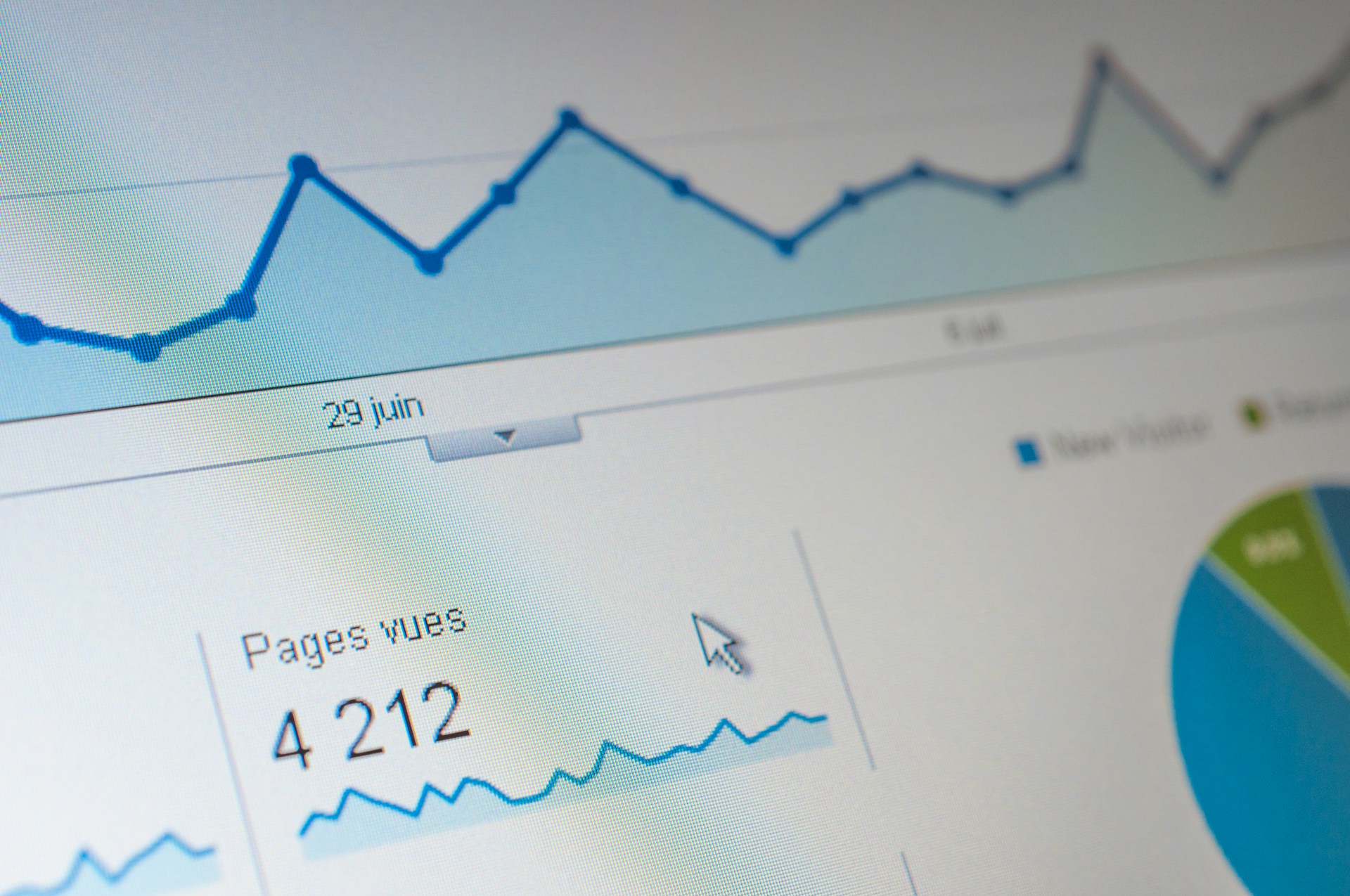Instagram has become a vital platform for personal branding, influencer marketing, and business promotion. To effectively harness its potential, understanding account statistics, engagement levels, and growth strategies is essential. Various tools are available to help users analyze their Instagram profiles comprehensively.
Key Features of Instagram Analytics Tools
Profile Analysis
Tools like followerstat allow users to analyze public Instagram profiles by entering a username. These tools provide detailed metrics including:
- Number of followers
- Engagement rates
- Average user activity
- Posting frequency (daily, weekly, monthly)
- Most popular posting times
- Top hashtags and captions used
These insights help users understand their content performance and identify areas for improvement[1][2].
Engagement Metrics
Understanding engagement is crucial for growth. Tools such as Social Status and followerstat offer in-depth analytics on follower growth, post interactions, and audience demographics. This data helps users tailor their content to better resonate with their audience
Content Performance Tracking
Many analytics tools provide insights into which types of posts (images, videos, stories) generate the most engagement. For instance, Followerstat offers a comparison of content types and suggests optimal posting times based on audience activity.
Competitive Analysis
By analyzing competitors’ profiles, users can benchmark their performance against industry standards. Tools like Iconosquare enable users to track key metrics across multiple accounts, allowing for strategic adjustments in content and engagement approaches.
Benefits of Using Instagram Stats
- Data-Driven Decisions: Access to precise statistics allows users to make informed decisions about their content strategy, ensuring they focus on what works best.
- Enhanced Engagement: By understanding when their audience is most active and what content resonates best, users can increase their engagement rates significantly.
- Growth Tracking: Continuous monitoring of follower growth and engagement helps users identify trends over time, enabling them to adapt their strategies accordingly.
Instagram analytics tools are invaluable for anyone looking to improve their presence on the platform. By leveraging these resources, users can gain insights into account performance, enhance engagement strategies, and ultimately drive growth. Whether you are an individual influencer or a business looking to expand your reach, utilizing these analytics tools will provide a competitive edge in the dynamic landscape of social media marketing.
What are the key metrics to focus on when analyzing an Instagram account
When analyzing an Instagram account, focusing on key metrics is essential for understanding performance, engagement, and growth potential. Here are the primary metrics to track:
Key Metrics to Analyze
Instagram stats
Instagram stats indicates how quickly your account is gaining or losing followers. A positive growth rate suggests that your content strategy is effective in attracting new followers. To calculate it, divide the number of new followers gained in a specific period by the total number of followers, then multiply by 100
Engagement Rate
Engagement rate measures how actively your audience interacts with your content. It can be calculated by dividing the total engagements (likes, comments, shares) by the number of followers and multiplying by 100. A higher engagement rate indicates that your content resonates well with your audience
Reach
Reach refers to the total number of unique users who see your posts. Tracking reach helps you understand how far your content spreads and how many people are exposed to your brand
Impressions
Impressions measure how many times your content has been displayed, regardless of whether it was clicked or not. This metric helps gauge overall visibility and content effectiveness over time
Profile Interactions
This includes metrics such as profile visits, website clicks, and call-to-action button clicks. Analyzing these interactions provides insight into how well your content drives traffic to your profile and encourages user actions
Content Performance
Evaluate which types of posts (images, videos, Reels) generate the most engagement. This helps identify successful content themes and formats that resonate with your audience
Hashtag Performance
Tracking the performance of hashtags used in posts can reveal which tags drive the most engagement and visibility. This information is crucial for optimizing future posts and expanding reach
Sentiment Analysis
Understanding the sentiment around mentions of your brand or posts can provide insights into audience perception and emotional reactions to your content
Story Analytics
For accounts utilizing Instagram Stories, track metrics like taps forward/backward, story exits, and completion rates to assess viewer engagement with this ephemeral content format
Reels Performance
Given the popularity of Reels, tracking metrics such as views, shares, and saves can help gauge the effectiveness of short-form video content on your account
By focusing on these key metrics, Instagram users can gain valuable insights into their account performance, audience engagement, and overall growth strategy. Regularly analyzing these metrics allows for data-driven decisions that can enhance content strategies and improve interaction with followers.

How to Use Sentiment Analysis to Better Understand Your Audience
Using sentiment analysis is an effective way to gain a deeper understanding of your audience and improve marketing strategies. Here’s how you can implement this technique to gain meaningful insights.
What is Sentiment Analysis?
Sentiment analysis is a technology that uses natural language processing (NLP) and machine learning algorithms to analyze the tone and emotions expressed in customer data, such as social media posts, reviews, and surveys. This analysis allows you to categorize feelings as positive, negative, or neutral, providing a clear picture of how your audience perceives your brand or product.
How to Use Sentiment Analysis
Identifying Trends and Recurring Themes
By monitoring the sentiments expressed in comments and reviews, you can identify recurring themes that emerge in customer conversations. For example, if you notice an increase in complaints about a specific product feature, this may indicate the need for improvements. Use visualization tools like word clouds for a quick overview of the most discussed themes.
Personalizing Customer Interactions
Sentiment analysis allows you to personalize communications based on the emotions expressed by customers. If a customer leaves a negative review, you can quickly intervene to resolve the issue, demonstrating that you actively listen to their feedback. Conversely, if a customer expresses positive sentiments, you can leverage this opportunity to offer personalized recommendations.
Monitoring Brand Health
By analyzing sentiment data over time, you can assess the overall health of your brand. An increase in negative sentiments may indicate an emerging problem that requires immediate attention. Additionally, by comparing sentiment data with your marketing campaigns, you can evaluate which strategies work best and which need adjustments.
Improving Marketing Campaigns
Use insights gained from sentiment analysis to optimize your advertising campaigns. If you find that certain messages resonate particularly well with a demographic segment, you can tailor future campaigns to emphasize those positive aspects. Furthermore, by monitoring changes in sentiment after launching a new campaign, you can make real-time adjustments to maximize impact.
Identifying Influencers
Sentiment analysis can also help you identify key influencers in your industry. By pinpointing those who express strong positive sentiments towards your brand, you can engage them in promotional campaigns or collaborations. Similarly, by monitoring those who express negative sentiments, you can proactively intervene to improve their experience.
Implementing sentiment analysis into your marketing strategy allows you to gain a deeper understanding of customer opinions and emotions. By strategically using this data, you can enhance customer interactions, optimize advertising campaigns, and build stronger relationships with your audience. In a competitive market, the ability to listen and respond to customer needs is crucial for long-term success.


